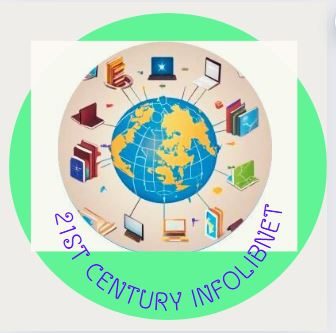
Eid al-Fitr, also known as Eid or Id al-Fitr, is a joyous festival Muslims celebrate. It marks the end of the holy month of Ramadan, during which Muslims fast from dawn to sunset. This festival is a time of prayer, feasting, and spreading joy and happiness among family, friends, and the community. Let’s take a closer look at how Eid al-Fitr is celebrated worldwide.
1. Meaning of Eid al-Fitr
Eid al-Fitr, which translates to “Festival of Breaking the Fast,” is a time of joy and gratitude for Muslims. It is a celebration of successfully completing the month-long fast and seeking forgiveness from Allah. The festival signifies unity, generosity, and spreading happiness among family, friends, and the community.
2. Greetings and Wishes in Different Languages
Muslims around the world exchange greetings to express their joy and well-wishes during Eid al-Fitr. Here are some of the common greetings in different languages:
- Afaan Oromo “Baga Iid Mubarak Geessan” (Happy Eid Mubarak)
- Amharic “መልካም ኢድ ሙባረክ” ( Happy Eid Mubarak)
- Arabic: “Eid Mubarak” (Blessed Eid).
- Bengali (Bangladesh): “Eid’s Greetings” (ঈদের শুভেচ্ছা).
- Malay/Indonesian: “Selamat Hari Raya” or “Selamat Idul Fitri” (Happy Eid).
- Persian: “Eid-e Shoma Mobarak” (Blessed Eid to you).
- Somali “Ciid Mubaarak” (Happy Eid Mubarak)
- Spanish: “Feliz Eid” (Happy Eid)
- Tigriyna “ርሑስ በዓል ዒድ ሙባረክ” (Happy Eid Mubarak)
- Turkish: “Bayramınız Kutlu Olsun” (May your Eid be blessed).
- Urdu (Pakistan): “Eid Mubarak” (Blessed Eid).
3. Festive Attire
On Eid al-Fitr, Muslims dress in their finest clothes as a symbol of joy and celebration. It is customary to wear new clothes, and many families buy new outfits for this special occasion. The vibrant colors and traditional attire add to the festive atmosphere [2].
4. Family and Community Gatherings
Eid al-Fitr is a time for families and friends to come together and celebrate. People visit each other’s homes, exchange gifts, and enjoy festive meals. It is common to invite relatives, neighbors, and friends to share in the joyous occasion. In some countries, communal meals are organized, where everyone is welcome to join and partake in the feast [2].
5. Traditional Foods and Sweets
Eid al-Fitr is also a time for indulging in delicious food and sweets. Each country and region has its own traditional dishes and desserts that are prepared for this festive occasion. For example, in Indonesia, a layered cake called “kue lapis” is popular, while in the Levant, the filled shortbread cookie “maamoul” is a favorite. Sweet vermicelli noodle dishes like “sheer khurma” are enjoyed in the Indian subcontinent [2].
6. Acts of Charity
Charity is an important aspect of Eid al-Fitr. Muslims are encouraged to give to the less fortunate and those in need. It is customary to give a special donation called “Zakat al-Fitr” before the Eid prayer. This donation is used to provide assistance to the poor and ensure that everyone can partake in the festivities [2].
7. Cultural Traditions
Eid al-Fitr is celebrated with various cultural traditions around the world. For example, in some countries, henna designs are applied to hands and feet as a form of celebration. Fireworks and decorative lights are also common, adding to the festive atmosphere. These cultural traditions reflect the diversity and richness of the Muslim community [2].
Eid al-Fitr is a time of joy, gratitude, and unity for Muslims worldwide. It is a celebration of faith, family, and community. Whether it’s through prayers, feasts, or acts of charity, Muslims come together to celebrate the end of Ramadan and embrace the spirit of Eid al-Fitr.
Read more:



